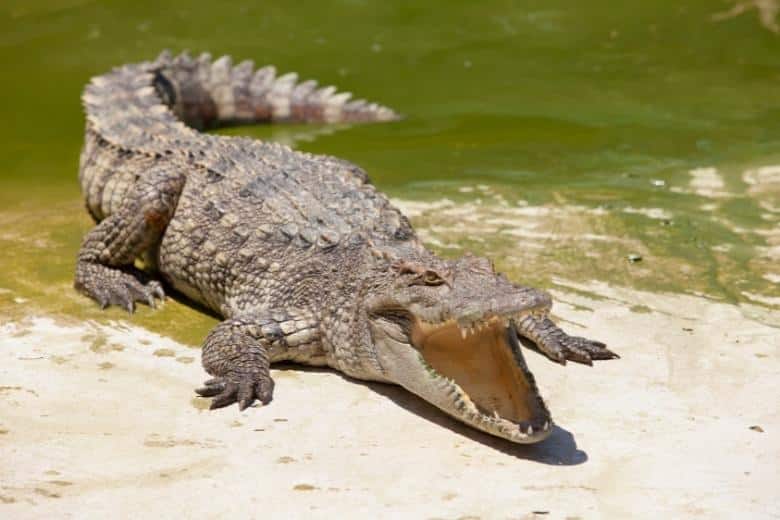Parrots are beloved pets around the world, known for their intelligence, colorful plumage, and ability to mimic human speech. However, in the wild, parrots face a range of threats, including habitat loss and hunting by predators.
In this article, we will explore the topic of parrot predators and learn about the types of animals that prey on these beloved birds.
We will also examine the different techniques that predators use to catch parrots, and explore ways that we can help protect these birds in the wild.
The Natural Habitat of Parrots
Parrots are found in tropical and subtropical regions worldwide. They are known for their brightly colored plumage, which helps them blend into their environment and their powerful beaks that enable them to crack open hard nuts and seeds. Parrots live in forests, woodlands, savannas, and even deserts, depending on the species.
Common Predators of Parrots
Parrots face a wide range of predators, both on the ground and in the air. Some common predators of parrots include:
Birds of Prey
Birds of prey such as eagles, hawks, and owls are major predators of parrots. They have keen eyesight and powerful talons that allow them to snatch parrots from the trees.
Snakes
Snakes are also common predators of parrots, especially in tropical regions. They can climb trees and enter nests to prey on eggs and chicks.
Mammals
Mammals such as cats, rats, and monkeys are also known to prey on parrots. They can climb trees and enter nests to prey on eggs and chicks.
Humans
Humans are also a major threat to parrots. They hunt them for their meat and feathers, and their destruction of forests also destroys the parrots’ natural habitat.
Hunting Behavior of Parrot Predators
Parrot predators use different hunting techniques, depending on their species and habitat. Birds of prey use their sharp talons to catch parrots in mid-air, while snakes climb trees to reach parrot nests. Mammals such as cats and rats use their agility and climbing skills to reach nests.
Protection of Parrots from Predators
Several measures can be taken to protect parrots from predators. These include:
Habitat Conservation
Protecting the natural habitat of parrots is essential to their survival. This includes protecting forests, woodlands, and savannas from deforestation and other human activities.
Nest Protection
Protecting parrot nests from predators is crucial. This can be done by installing barriers or wire mesh around the nests to keep predators out.
Hunting Restrictions
Hunting parrots for their meat or feathers should be strictly prohibited to protect the species.
FAQs
- Are parrots hunted for their meat?
- Yes, parrots are hunted for their meat and feathers.
- What is the natural habitat of parrots?
- Parrots are found in tropical and subtropical regions worldwide, from forests to deserts
- What kind of predators do parrots face?
- Parrots face a wide range of predators, including birds of prey, snakes, mammals, and humans.
- How do parrot predators hunt their prey?
- Parrot predators use different hunting techniques depending on their species and habitat. Birds of prey use their sharp talons to catch parrots in mid-air, while snakes climb trees to reach parrot nests. Mammals such as cats and rats use their agility and climbing skills to reach nests.
- How can we protect parrots from predators?
- We can protect parrots from predators by conserving their natural habitat, protecting their nests, and restricting the hunting of parrots for their meat or feathers.
Conclusion
Parrots are fascinating creatures that face a wide range of predators. Understanding the behavior of these predators and taking steps to protect parrots and their habitat is crucial to their survival. By taking action now, we can help ensure that future generations will be able to enjoy the beauty and intelligence of these amazing birds.

